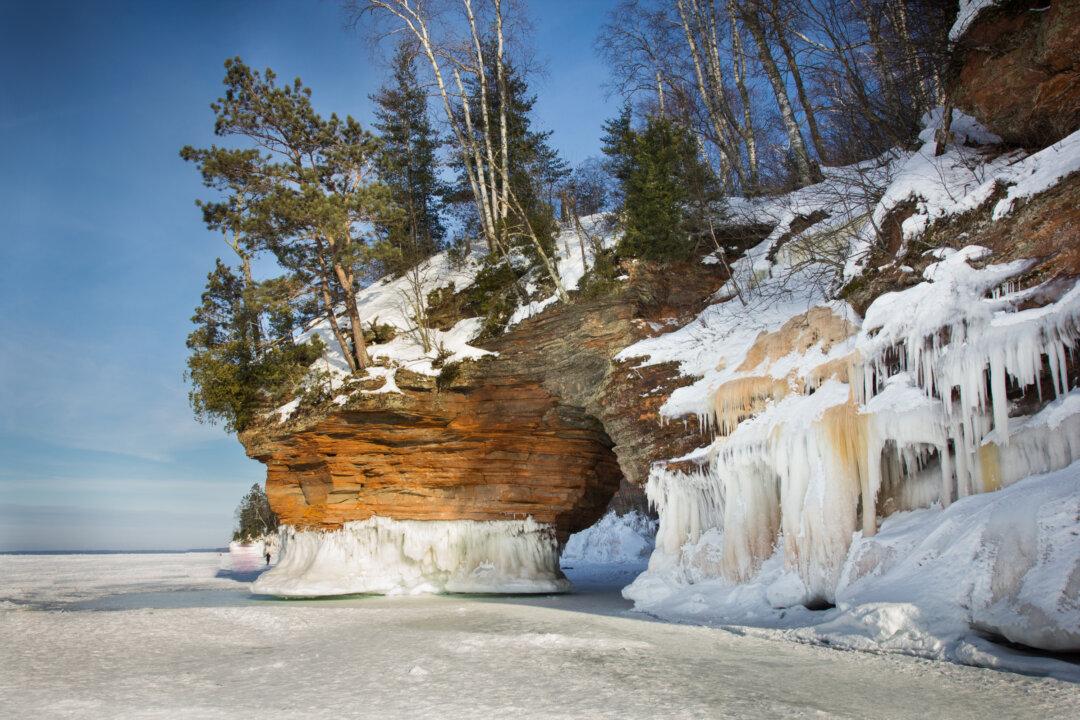Ice happens. Those who live up north in Wisconsin—Lake Superior Country—know a thing or two about the hazards of winter, a season that sometimes drags on like an eternity. A friend and craft brewer in Ashland tells me he’s seen snow in every month of the year but one.
But for those who choose to live here, ice is just something you learn to negotiate and even incorporate into your leisure time.





